Proposed Pitcairn Islands Marine Reserve
Have you ever heard of the Pitcairn Islands? As an ocean lover, I was surprised that I had never heard of this amazing chain of islands in the southern Pacific Ocean; their closest neighbor, New Zealand, is a distant 2,800 miles (4,500 kilometers) away.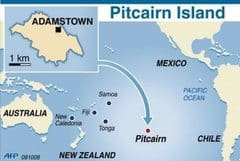 A British Overseas Territory, humans only inhabit one of the four islands and the waters surrounding them are teaming with fish, marine mammals, turtles, and pristine coral reefs. Boasting some of the clearest seawater in the world, the remote location of this area has helped keep it protected and allowed sea life to thrive.
A British Overseas Territory, humans only inhabit one of the four islands and the waters surrounding them are teaming with fish, marine mammals, turtles, and pristine coral reefs. Boasting some of the clearest seawater in the world, the remote location of this area has helped keep it protected and allowed sea life to thrive.
Since early 2011 the Pew Environment Group’s Global Ocean Legacy project has been working with the Pitcairn islanders on the idea of establishing a large-scale marine reserve within their waters. In March of 2012, the National Geographic Society and Global Ocean Legacy teamed up to perform a scientific expedition to Pitcairn and surveyed the underwater landscape. Following this expedition, the islanders of Pitcairn joined with the Pew Environmental Trust and the National Geographic society to call upon the British government for the establishment of a large highly protected marine reserve within the exclusive economic zone (the area of ocean from the shoreline out to 200 nautical miles) of the Pitcairn Islands.
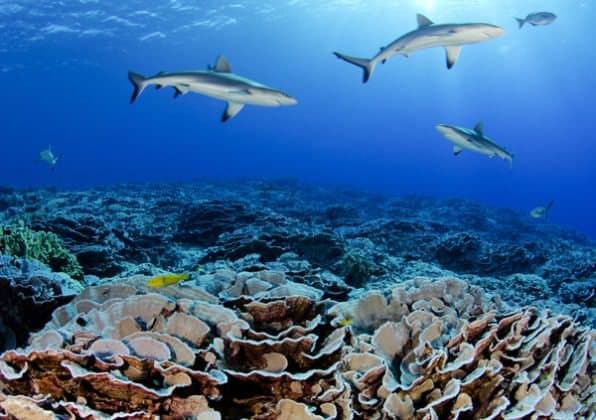 Home to the two southern most coral atolls, the deepest, well-developed coral reef in the world, and two known active hot spots of biological richness, Pitcairn is of great interest to marine and conservation scientists. Despite the fact that researchers have only just begun to explore this area, they have already identified 1,249 marine species. This population includes 22 species of whales and dolphins, 2 sea turtles, 365 species of fish, and 48 marine species already classified as critically endangered, endangered, vulnerable, or near threatened.
Home to the two southern most coral atolls, the deepest, well-developed coral reef in the world, and two known active hot spots of biological richness, Pitcairn is of great interest to marine and conservation scientists. Despite the fact that researchers have only just begun to explore this area, they have already identified 1,249 marine species. This population includes 22 species of whales and dolphins, 2 sea turtles, 365 species of fish, and 48 marine species already classified as critically endangered, endangered, vulnerable, or near threatened.
If approved, the Pitcairn marine reserve would be the largest highly protected marine reserve in the world encompassing over 834,000 square kilometers. As a large no-take reserve, the local population would be able to continue the low impact traditional sustenance fishing that they do today, but large commercial fishing would be restricted. The local economy would likely benefit from the increased interest in scientific research, conservation, and tourism. Last month, the Deputy Mayor of Pitcairn visited London in order to champion their cause, they returned home with high hopes that the British government will endorse the proposed marine reserve area.
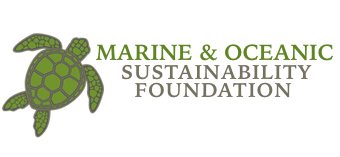
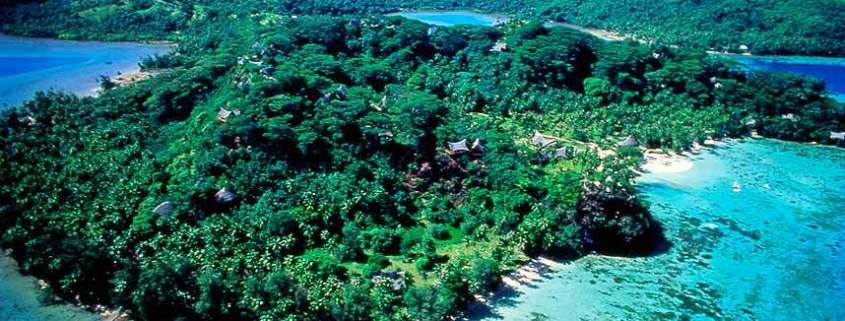
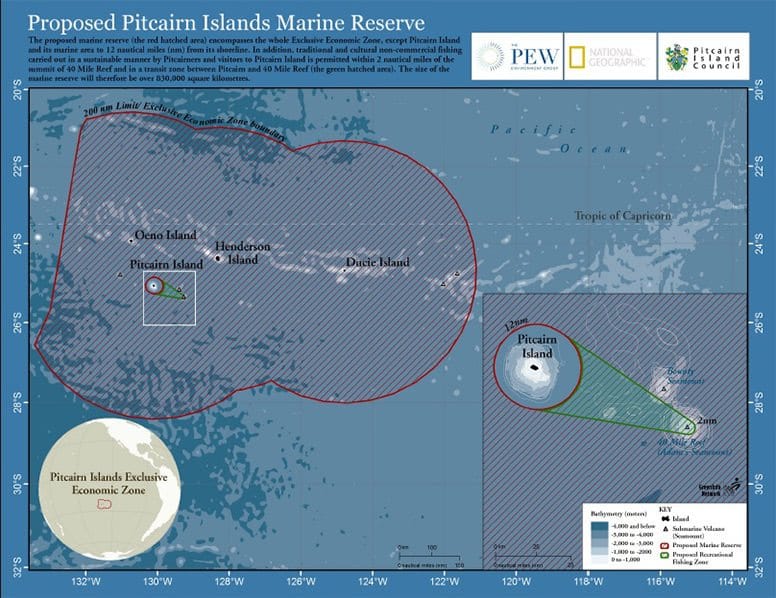


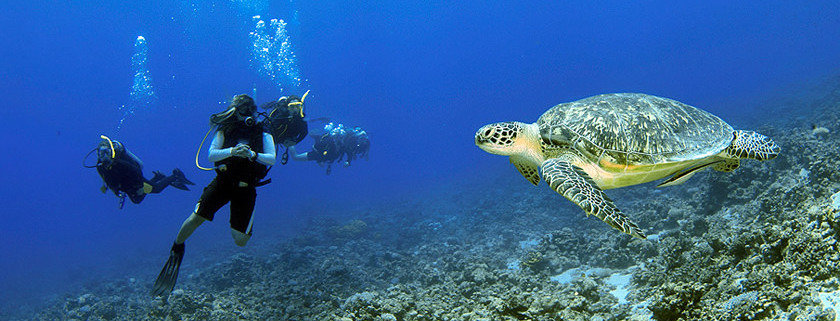
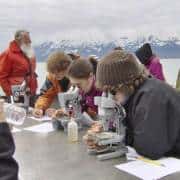
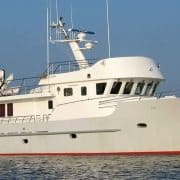 MOSF is committed to working with local teachers, students, and community groups. Through outreach programs like this, people will gain a better understanding of how they are affecting their marine habitats and how they can get involved to assure their long-term health and sustainability.
MOSF is committed to working with local teachers, students, and community groups. Through outreach programs like this, people will gain a better understanding of how they are affecting their marine habitats and how they can get involved to assure their long-term health and sustainability.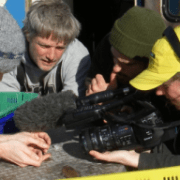
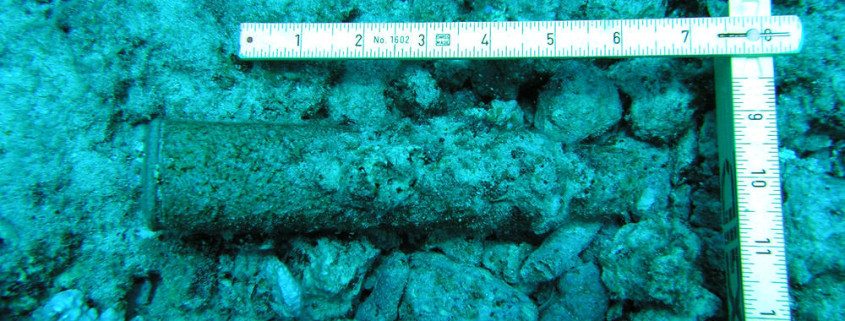
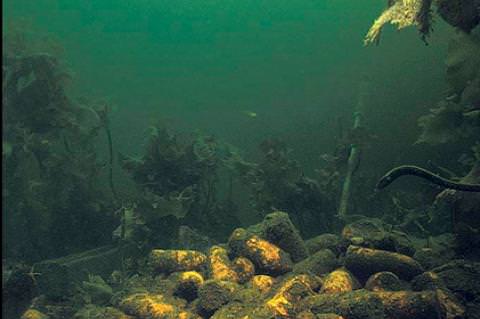 In many cases, these munitions are resting quietly at the bottom of our oceans. However, in other places, these discarded munitions are causing a myriad of problems. There are risks to both humans and marine ecosystems. Let’s first take a look at the some of the potential risks to humans – explosive or chemically dangerous munitions washing up on beaches, munitions being disturbed/activated by fishing vessels, and the leakage of deadly chemicals into the water contaminating the water and the fish that digest these toxins. As the casings on some of these munitions erode and others detonate, poisonous materials are entering the food chain via plankton.
In many cases, these munitions are resting quietly at the bottom of our oceans. However, in other places, these discarded munitions are causing a myriad of problems. There are risks to both humans and marine ecosystems. Let’s first take a look at the some of the potential risks to humans – explosive or chemically dangerous munitions washing up on beaches, munitions being disturbed/activated by fishing vessels, and the leakage of deadly chemicals into the water contaminating the water and the fish that digest these toxins. As the casings on some of these munitions erode and others detonate, poisonous materials are entering the food chain via plankton.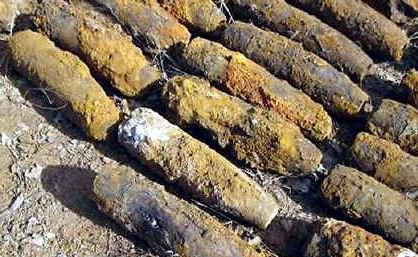
 Things YOU can do to make a difference! Educate yourself on this issue, research where you live and locations you make be visiting, talk to others about this issue so more people know, write to your government representatives to let them know you care about this issue, and if possible, make a donation to organizations like the IDUM so they can advocate for all of us. Underwater munitions might be “out of sight” but they have the capacity to make a huge impact on your health and the health of our future generations.
Things YOU can do to make a difference! Educate yourself on this issue, research where you live and locations you make be visiting, talk to others about this issue so more people know, write to your government representatives to let them know you care about this issue, and if possible, make a donation to organizations like the IDUM so they can advocate for all of us. Underwater munitions might be “out of sight” but they have the capacity to make a huge impact on your health and the health of our future generations.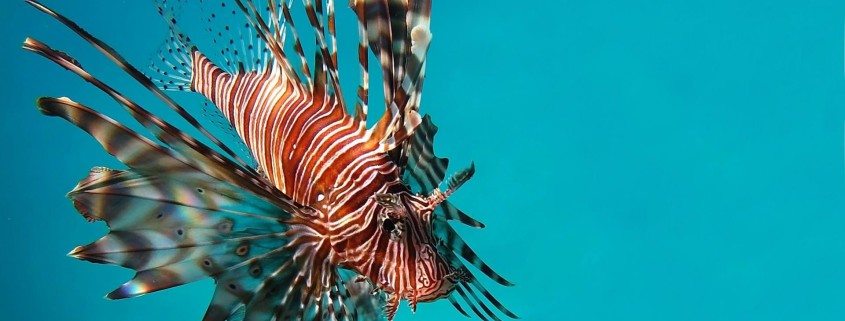
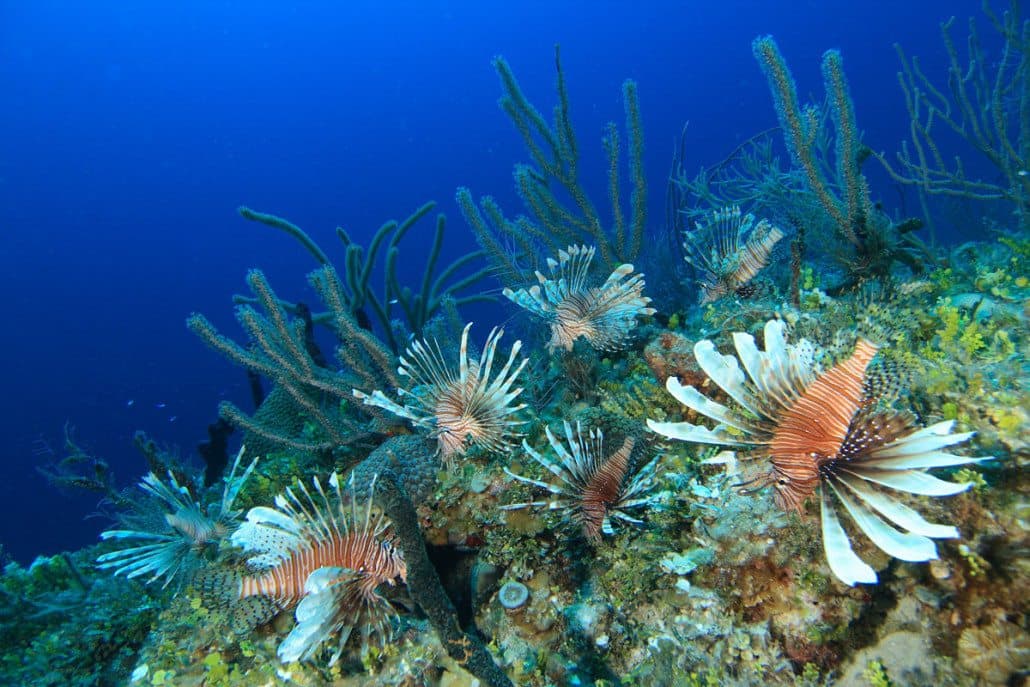
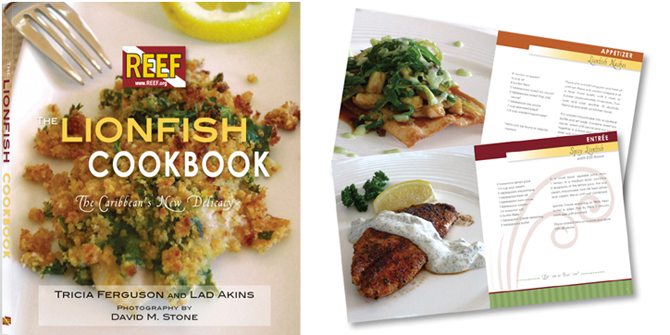 While this one mitigation method will be helpful, other efforts are needed to reduce the lionfish populations. Total eradication is very unlikely, if not impossible, because lionfish have already shown that they can easily adapt to different environmental conditions, including colder temperatures and deeper depths. In February 2015, NOAA’s Office of National Marine Sanctuaries released a 3-year comprehensive plan on how to respond, control, and adapt to an active marine invasion, specifically the lionfish. You can find this document
While this one mitigation method will be helpful, other efforts are needed to reduce the lionfish populations. Total eradication is very unlikely, if not impossible, because lionfish have already shown that they can easily adapt to different environmental conditions, including colder temperatures and deeper depths. In February 2015, NOAA’s Office of National Marine Sanctuaries released a 3-year comprehensive plan on how to respond, control, and adapt to an active marine invasion, specifically the lionfish. You can find this document 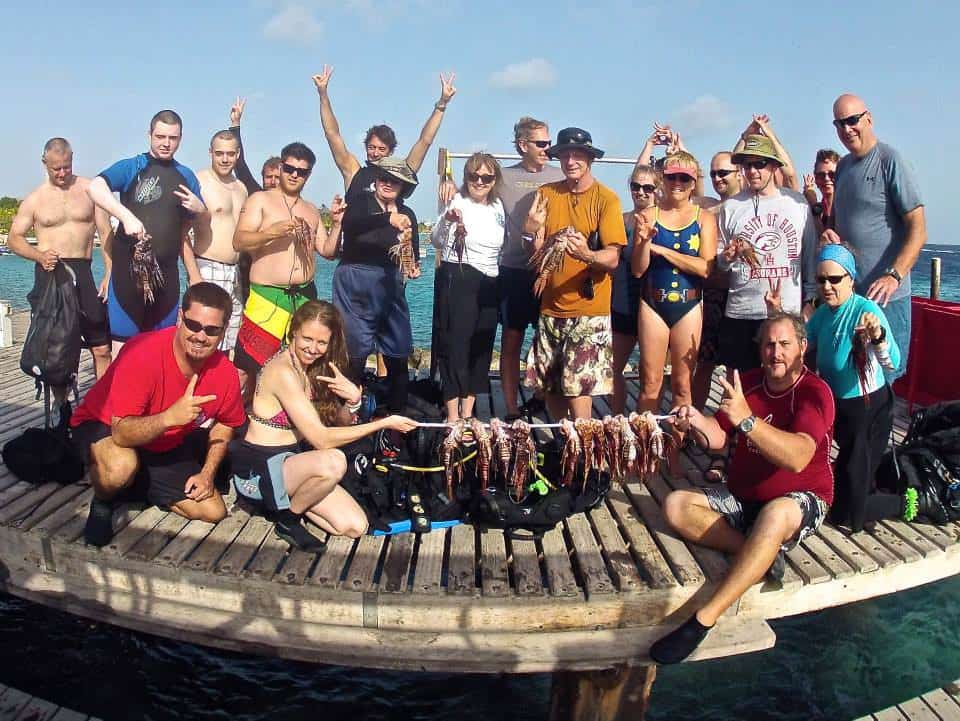 It is clear that mitigation efforts can make a significant impact at the local level; however, it is still unknown how significant those impacts are at the macro level. Raising awareness is one of the major goals of the aforementioned mitigation techniques and is important for the eventual control of this invasive fish. Healthy coral reefs and lionfish are struggling to coexist in the Western Atlantic, and we need our reefs to be healthy, as many people depend on these fragile ecosystems for their livelihoods. So order lionfish at your next dinner out, and whenever you see one while diving or snorkeling, spear it, but please be careful!
It is clear that mitigation efforts can make a significant impact at the local level; however, it is still unknown how significant those impacts are at the macro level. Raising awareness is one of the major goals of the aforementioned mitigation techniques and is important for the eventual control of this invasive fish. Healthy coral reefs and lionfish are struggling to coexist in the Western Atlantic, and we need our reefs to be healthy, as many people depend on these fragile ecosystems for their livelihoods. So order lionfish at your next dinner out, and whenever you see one while diving or snorkeling, spear it, but please be careful!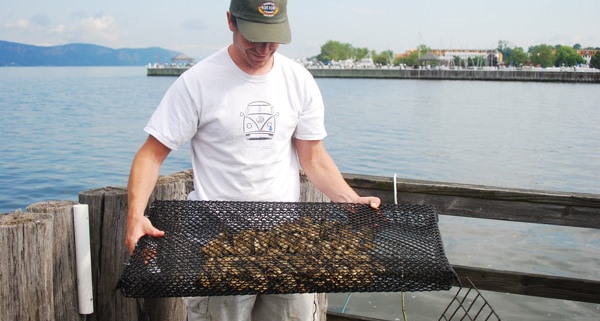
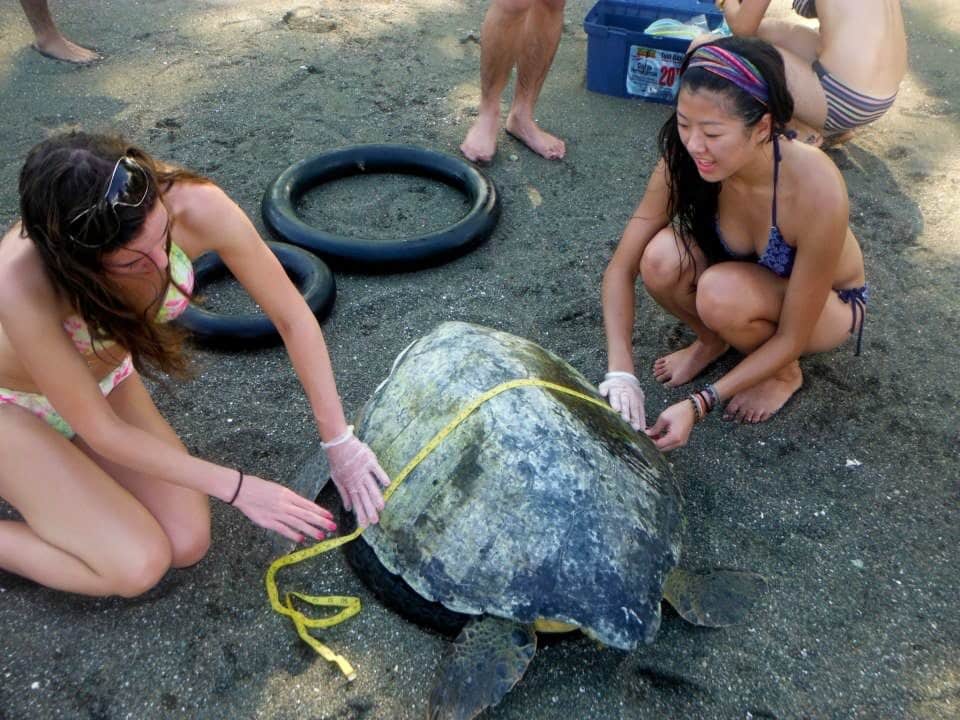 Last summer, my family and I were strolling along a beach in South Carolina and noticed beautiful shells that were washing up onto the beach with each wave. The creatures would quickly burrow themselves, and their protective shells, into the wet sand. I took a few photos and posted them on Facebook. I commented, “Wow, these shells are beautiful, anybody know what they are?” Honestly, I didn’t expect much of a response. Instead, I received a number of comments about what species of marine gastropod it was and one oceanographer friend exclaimed, “I am so envious, where are you? I have always wanted to see one of those!”
Last summer, my family and I were strolling along a beach in South Carolina and noticed beautiful shells that were washing up onto the beach with each wave. The creatures would quickly burrow themselves, and their protective shells, into the wet sand. I took a few photos and posted them on Facebook. I commented, “Wow, these shells are beautiful, anybody know what they are?” Honestly, I didn’t expect much of a response. Instead, I received a number of comments about what species of marine gastropod it was and one oceanographer friend exclaimed, “I am so envious, where are you? I have always wanted to see one of those!”
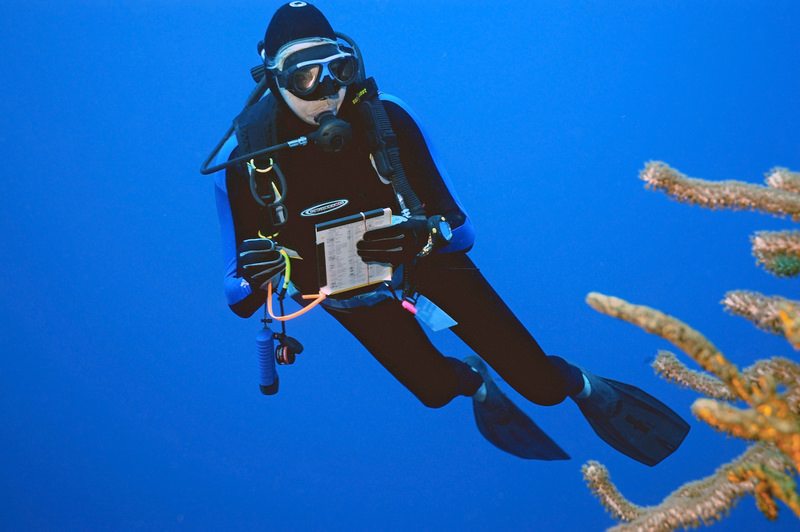

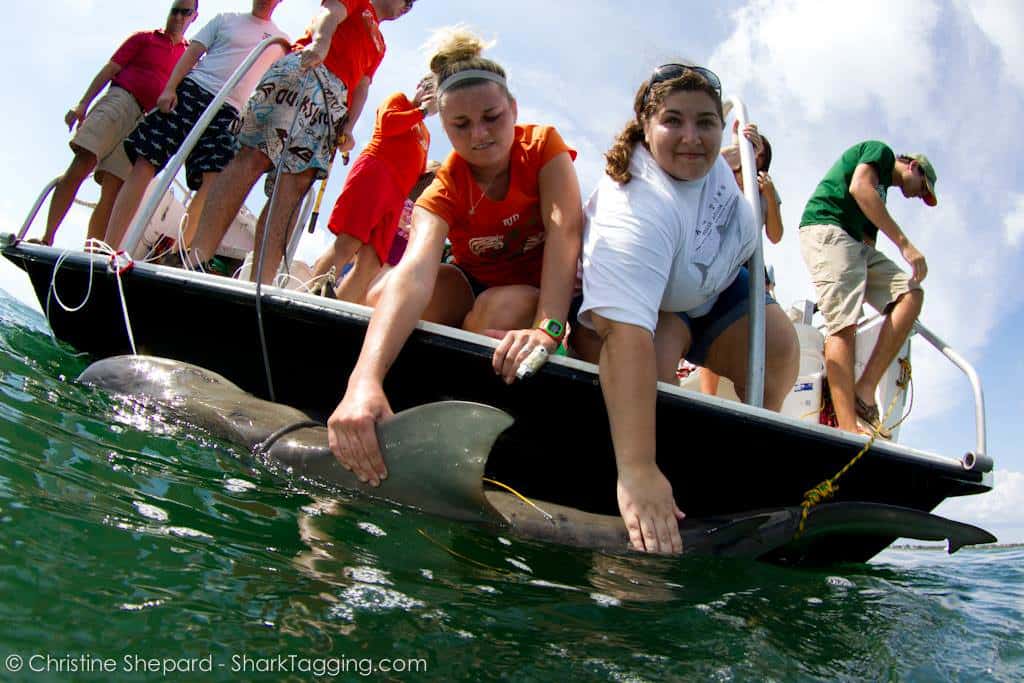
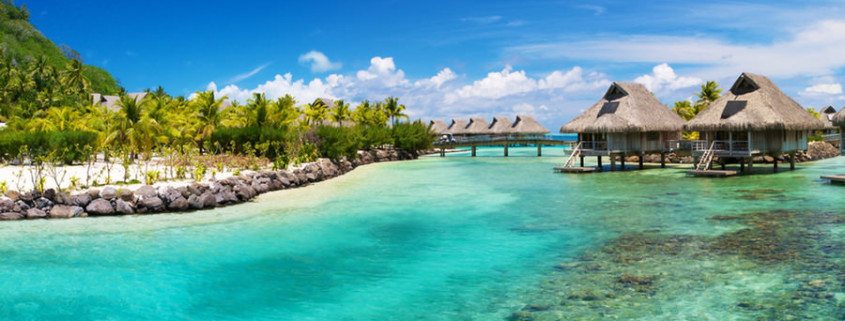
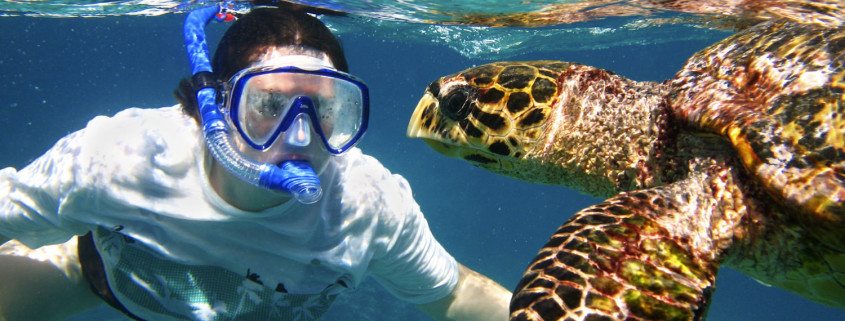 What is geotourism exactly? Geotourism is sustainable tourism that promotes the local atmosphere, culture, history, environment, residents, and economy of a geographical region. You can immerse yourself in all the local delights, participate in conservation efforts, local festivities, and really learn about an area from the people who call it home. Many popular destinations have unfortunately become “tourist traps,” designed to suck in tourists with disposable income and simply take their money in exchange for plastic trinkets. You may return home with souvenirs showing where you’ve been, but probably missed the true memory making experiences a destination has offer. With geotourism, you are invited to go behind the scenes, see the things only locals know about, and discover the little-known gems of a geographic region.
What is geotourism exactly? Geotourism is sustainable tourism that promotes the local atmosphere, culture, history, environment, residents, and economy of a geographical region. You can immerse yourself in all the local delights, participate in conservation efforts, local festivities, and really learn about an area from the people who call it home. Many popular destinations have unfortunately become “tourist traps,” designed to suck in tourists with disposable income and simply take their money in exchange for plastic trinkets. You may return home with souvenirs showing where you’ve been, but probably missed the true memory making experiences a destination has offer. With geotourism, you are invited to go behind the scenes, see the things only locals know about, and discover the little-known gems of a geographic region.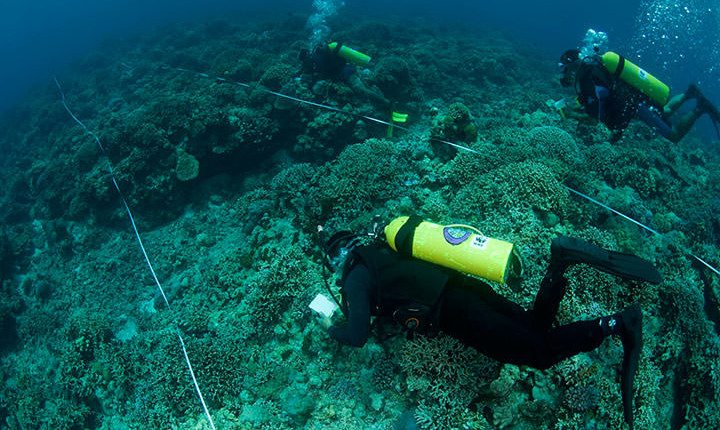 Most of us have heard of ecotourism, which is defined as “responsible travel to natural areas while preserving the environment and improving the well-being of local people.” Geotourism is the evolution of ecotourism, it takes the concept to the next level by embracing environmentally sustainable travel and extending it to the culture and history of a destination. Geotourism operations actively engage and support local businesses, natural resources, products and services. In many cases, geotourism involves conservation activities, education, and volunteerism – you could help protect hatching sea turtles, plant trees that help prevent erosion, or participate in a coral reef restoration program. Prefer the arts and cultural attractions? No problem! Geotourism activities often include local art programs and community festivities that engage your creative side. There really is something for everyone in geotourism and the wide variety of activities and the possibilities for adventure are endless!
Most of us have heard of ecotourism, which is defined as “responsible travel to natural areas while preserving the environment and improving the well-being of local people.” Geotourism is the evolution of ecotourism, it takes the concept to the next level by embracing environmentally sustainable travel and extending it to the culture and history of a destination. Geotourism operations actively engage and support local businesses, natural resources, products and services. In many cases, geotourism involves conservation activities, education, and volunteerism – you could help protect hatching sea turtles, plant trees that help prevent erosion, or participate in a coral reef restoration program. Prefer the arts and cultural attractions? No problem! Geotourism activities often include local art programs and community festivities that engage your creative side. There really is something for everyone in geotourism and the wide variety of activities and the possibilities for adventure are endless!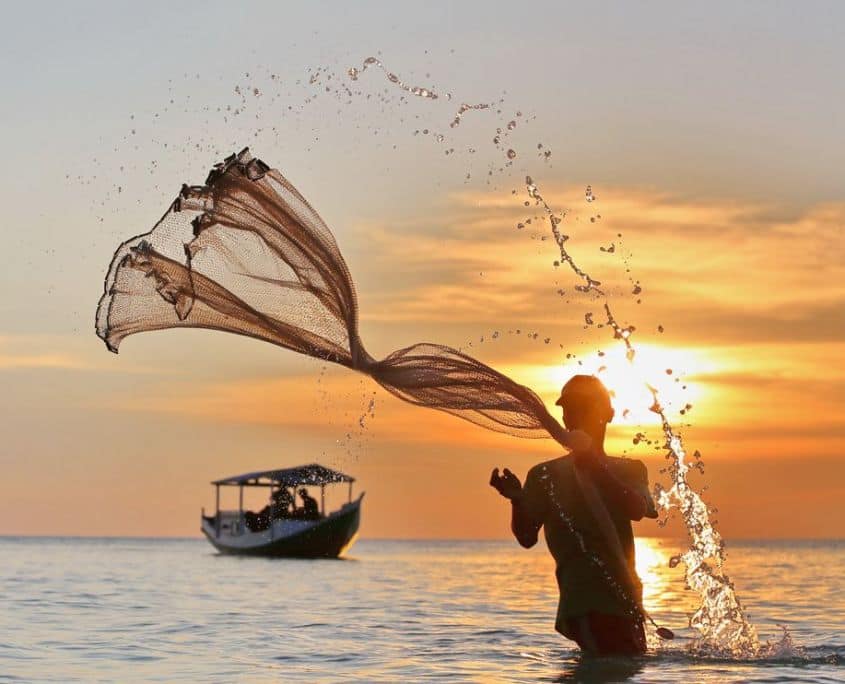
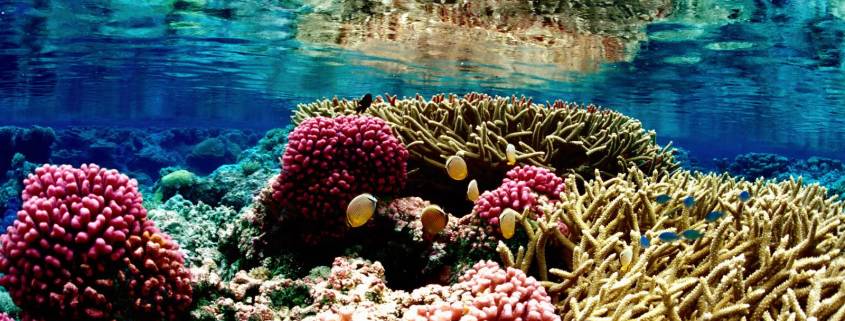
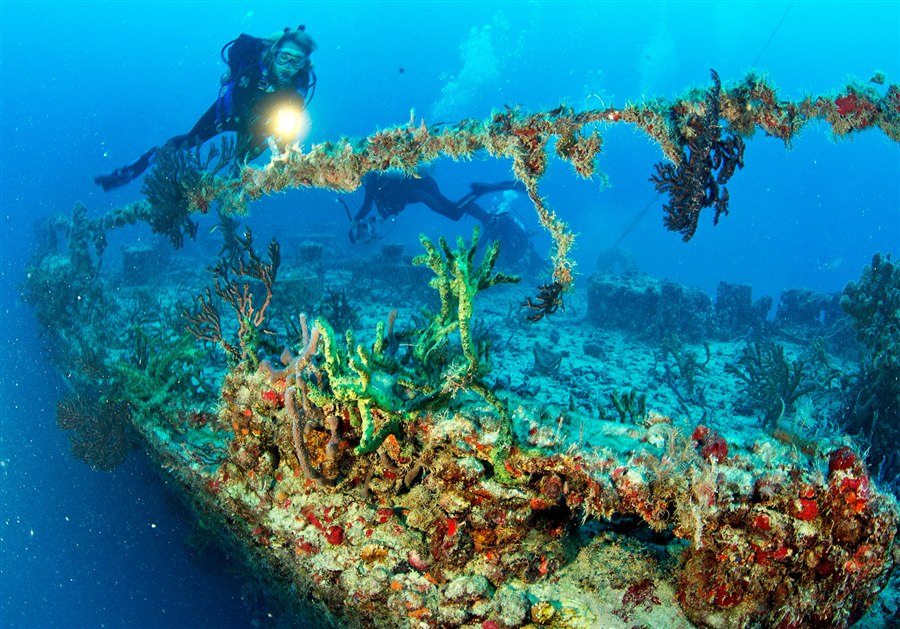 What do shipwrecks and statues have in common? They have both been made into artificial reefs. Contrary to the name, these reefs do not contain fake coral, but real, living, natural coral. The term “artificial reef” comes from the fact that the base the corals attach to is not naturally occurring. Many retired ships have intentionally been sunk in areas where they would serve as the base of a new reef. In fact, this is probably the most common form of artificial reef, whether the shipwrecks were intended for such use or not. There are some more unconventional bases for artificial reefs, as well. We’ve all seen the hauntingly beautiful pictures of statues sunk in shallow locations to create a garden of substrate for corals and sponges to grow on. More recent pictures show that this project has been very successful and the statues are now covered in colorful creatures, attracting fish and tourists.
What do shipwrecks and statues have in common? They have both been made into artificial reefs. Contrary to the name, these reefs do not contain fake coral, but real, living, natural coral. The term “artificial reef” comes from the fact that the base the corals attach to is not naturally occurring. Many retired ships have intentionally been sunk in areas where they would serve as the base of a new reef. In fact, this is probably the most common form of artificial reef, whether the shipwrecks were intended for such use or not. There are some more unconventional bases for artificial reefs, as well. We’ve all seen the hauntingly beautiful pictures of statues sunk in shallow locations to create a garden of substrate for corals and sponges to grow on. More recent pictures show that this project has been very successful and the statues are now covered in colorful creatures, attracting fish and tourists.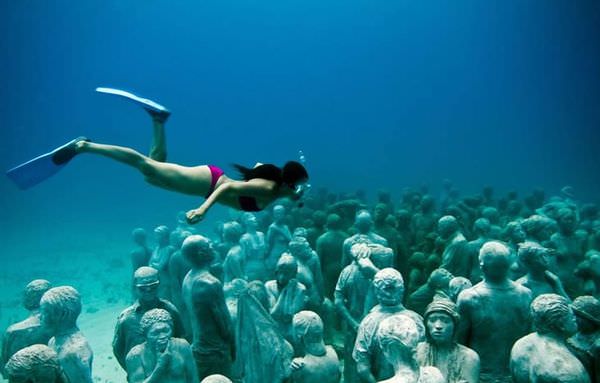 Artificial reefs often attract visitors interested in snorkeling, recreational diving, and both sport and commercial fishing activities. These reef structures not only draw tourism to an area, but they can alleviate the pressure on existing natural reefs. When planned well, tourism can also bring much-needed infrastructure and economic revenue to coastal communities. It is very important to educate both locals and tourists on how their activities can affect coral reefs and the ocean ecosystems that they support.
Artificial reefs often attract visitors interested in snorkeling, recreational diving, and both sport and commercial fishing activities. These reef structures not only draw tourism to an area, but they can alleviate the pressure on existing natural reefs. When planned well, tourism can also bring much-needed infrastructure and economic revenue to coastal communities. It is very important to educate both locals and tourists on how their activities can affect coral reefs and the ocean ecosystems that they support.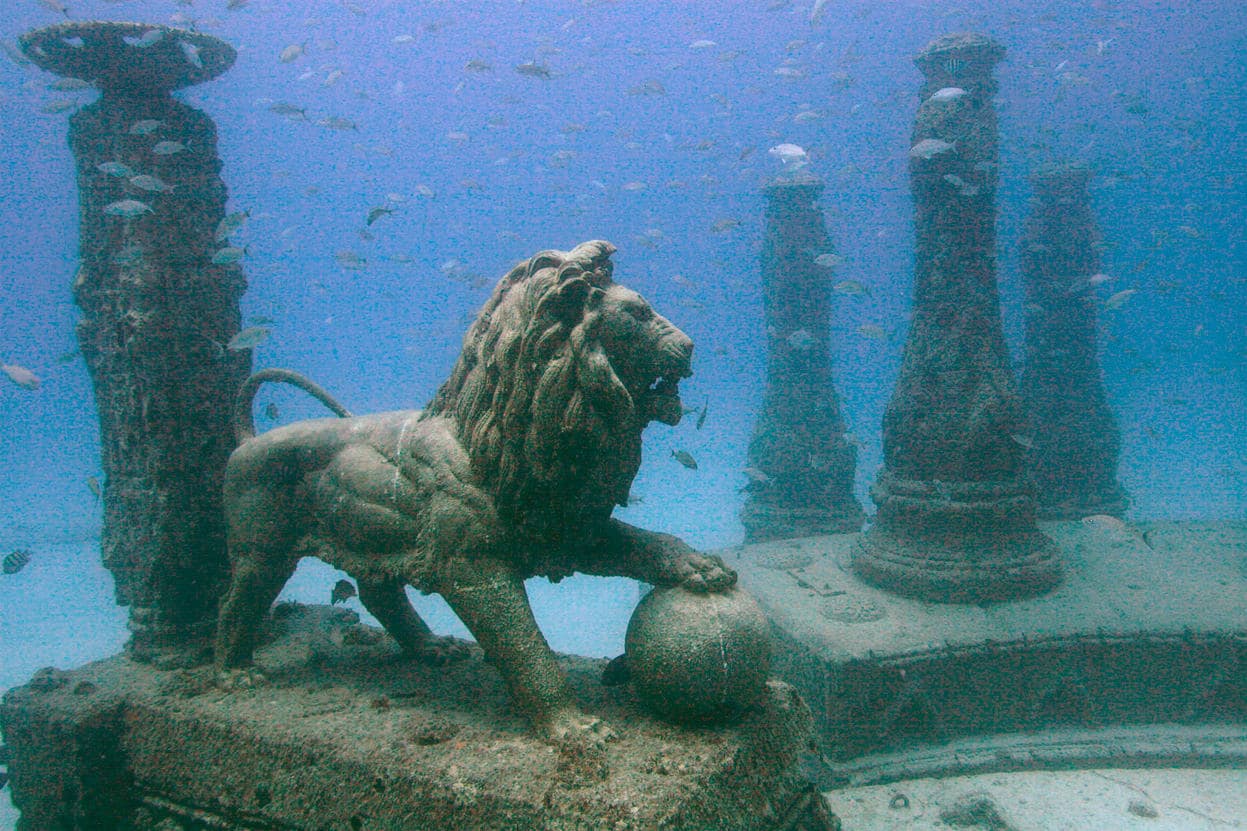 One of these techniques has been used in the aquarium trade for decades; coral propagation, also known as “fragging,” is the process of breeding coral. Almost any coral can be fragged and conservationists around the world have begun raising coral in nurseries or coral farms. Currently the focus is on growing endangered coral species to be replanted on reefs that have been damaged due to storms, human and boat traffic, or deteriorating ocean conditions. The coral can be grown in a protected environment when they are young and most vulnerable and then planted on established reefs. Coral gardening is a great example of aquaculture, which is the farming of aquatic organisms such as fish, crustaceans, mollusks and aquatic plants.
One of these techniques has been used in the aquarium trade for decades; coral propagation, also known as “fragging,” is the process of breeding coral. Almost any coral can be fragged and conservationists around the world have begun raising coral in nurseries or coral farms. Currently the focus is on growing endangered coral species to be replanted on reefs that have been damaged due to storms, human and boat traffic, or deteriorating ocean conditions. The coral can be grown in a protected environment when they are young and most vulnerable and then planted on established reefs. Coral gardening is a great example of aquaculture, which is the farming of aquatic organisms such as fish, crustaceans, mollusks and aquatic plants.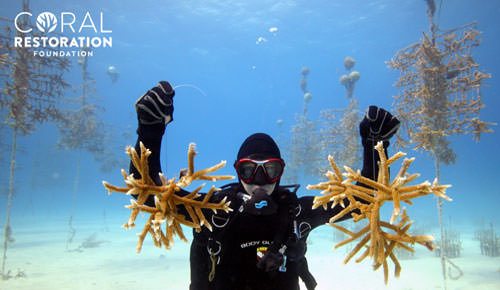 Although there are a number of factors putting our reefs in danger, we are applying various practices to help combat this. The use of many artificial reefs and coral gardening is helping to increase not only the number of reefs in the world, but also their health. Remember, a healthy reef brings no grief!
Although there are a number of factors putting our reefs in danger, we are applying various practices to help combat this. The use of many artificial reefs and coral gardening is helping to increase not only the number of reefs in the world, but also their health. Remember, a healthy reef brings no grief!